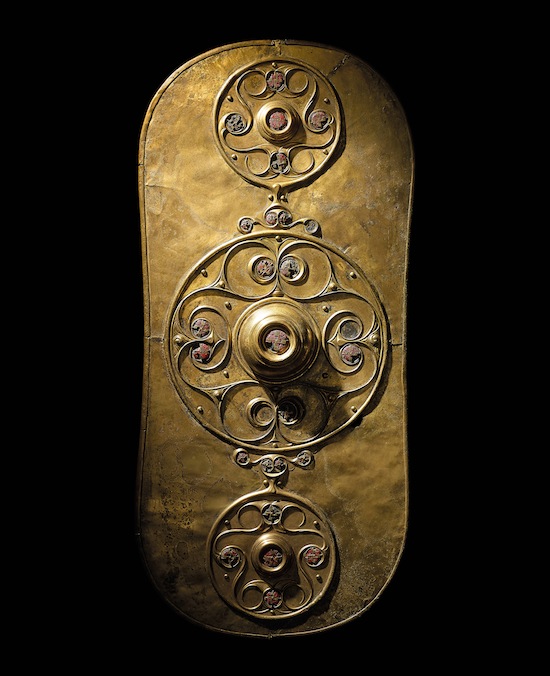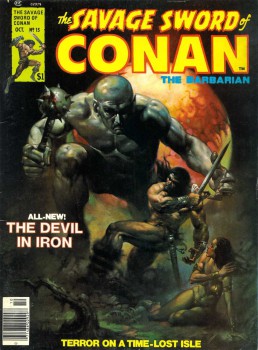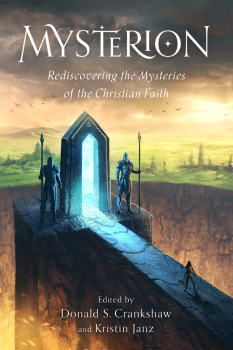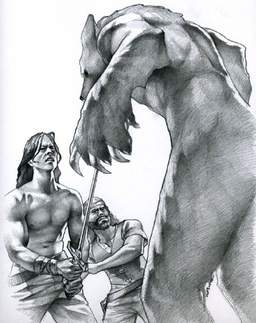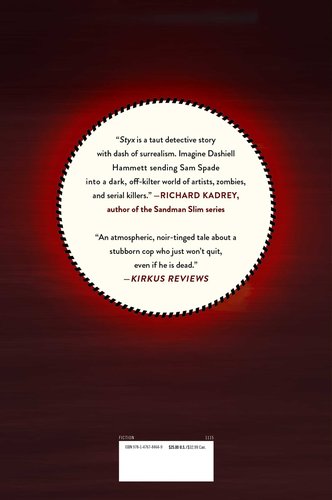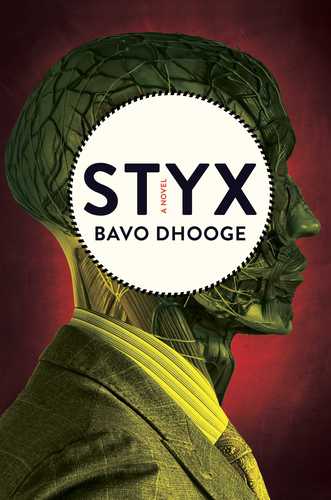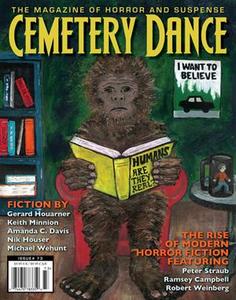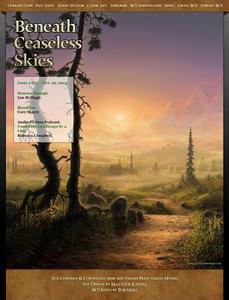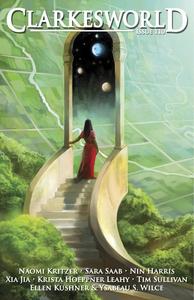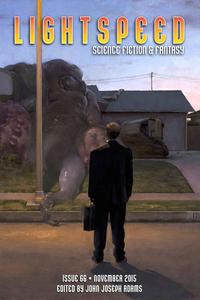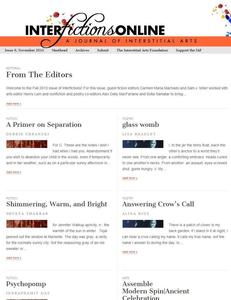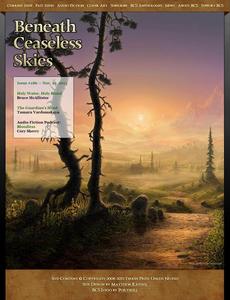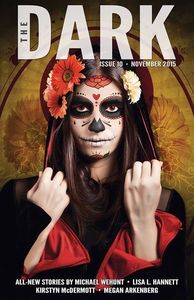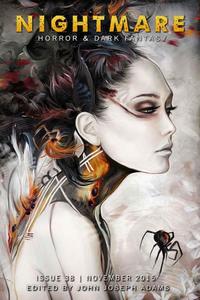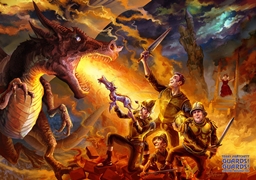Apex Magazine #78 Now on Sale
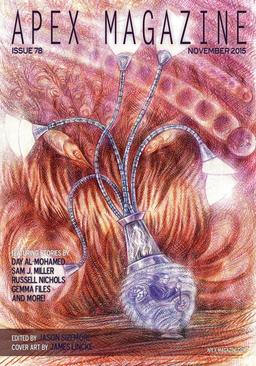 In his editorial this month, Jason Sizemore gives us the lowdown on the issue.
In his editorial this month, Jason Sizemore gives us the lowdown on the issue.
This month we offer three outstanding works of science fiction to our readers. “Blood on Beacon Hill” by Russell Nichols is that rarest of things — a vampire story in our publication…. completely by coincidence is the use of the word ‘beacon’ in Day Al-Mohamed’s “The Beacon and the Coward.” Finally, we have a story by one of the genre’s rising stars, Sam J. Miller. “To Die Dancing” has a tightly bound emotional core that I think you’ll enjoy.
Gemma Files is one of the best when it comes to writing unsettling fiction. To back my assertion, we’ve included her “Signal to Noise” as this month’s reprint feature.
Rounding out the issue are interviews with author Russell Nichols and artist James Lincke, a thought-provoking essay by Ed Grabianowski titled “Cthulhu Apocalypse and the Terrifying Tradition of Horror Role-Playing Games”, and poetry by Brittany Warman, Chloe Clark, Michael Sikkema, and Julia Kingston. We have three excerpts. The first is How to Pass as Human: A Guide to Assimilation for Future Androids by Android Ø by Nic Kelman. The second is The Flux by [Ferrett] Steinmetz. And, finally, The Weight of Chains by our esteemed managing editor Lesley Conner.
Here’s the complete TOC.
